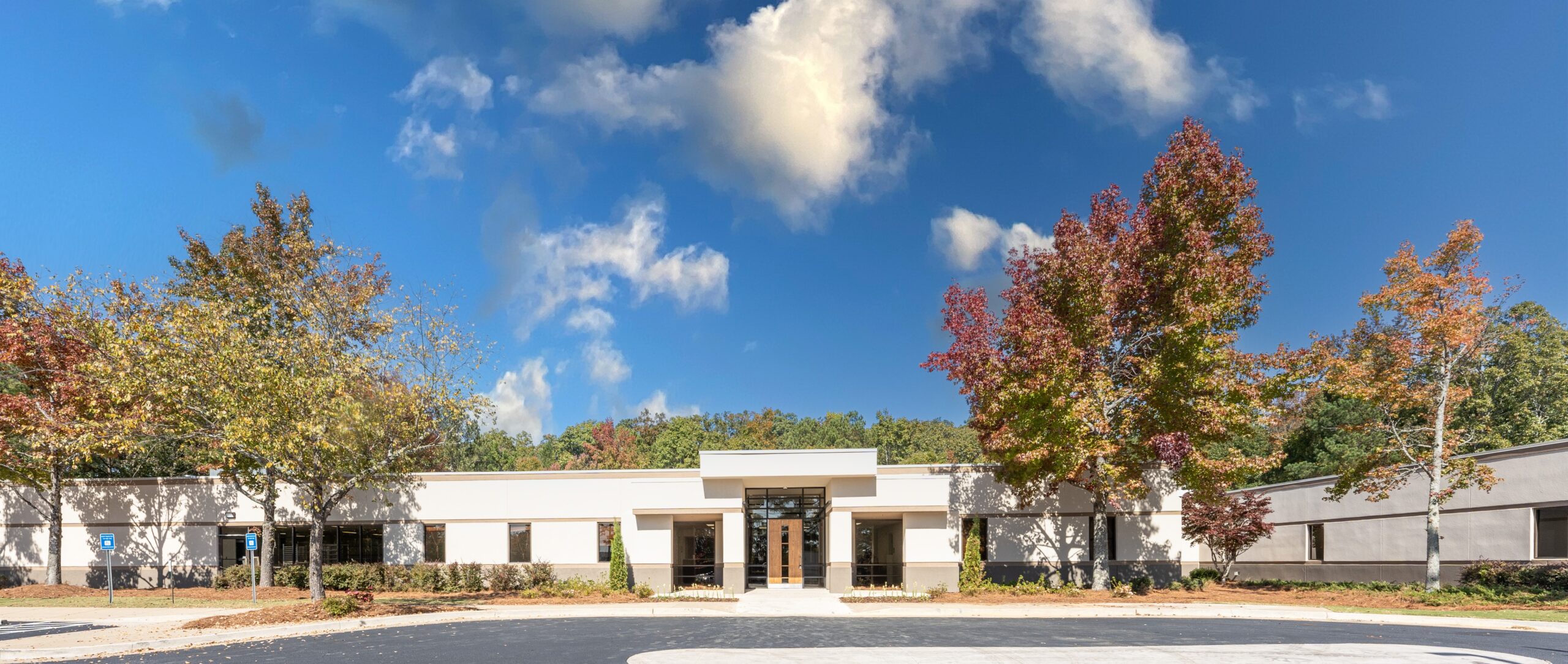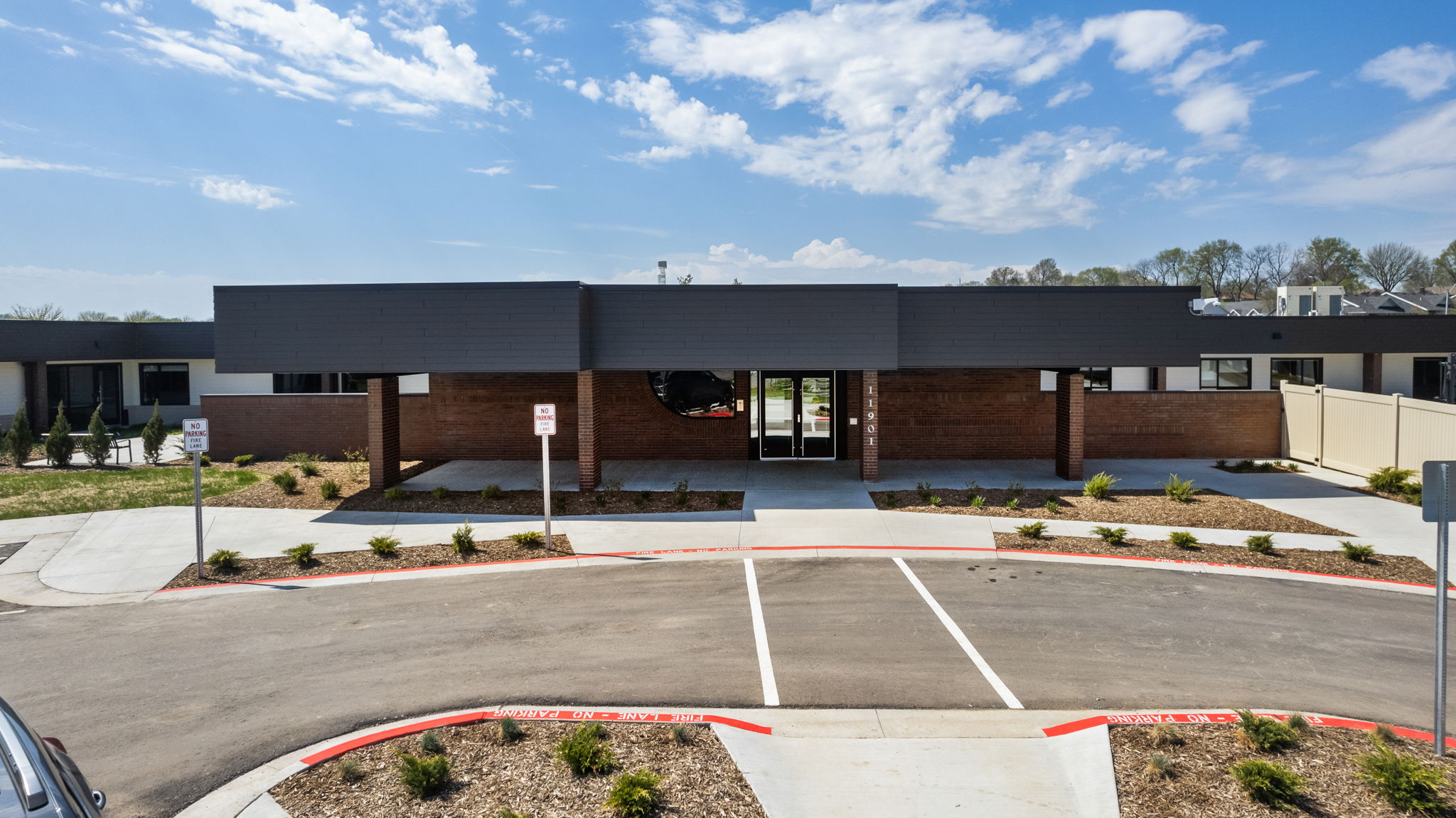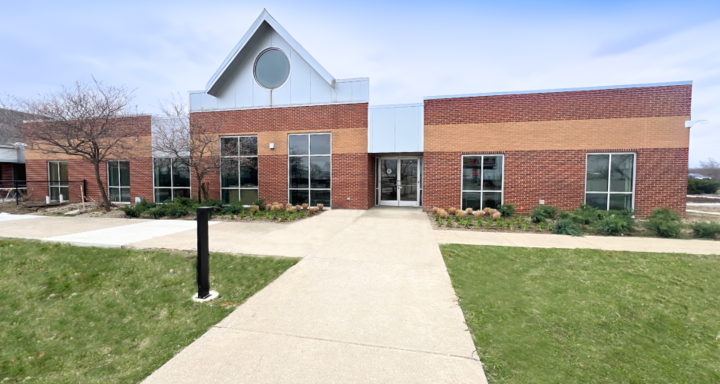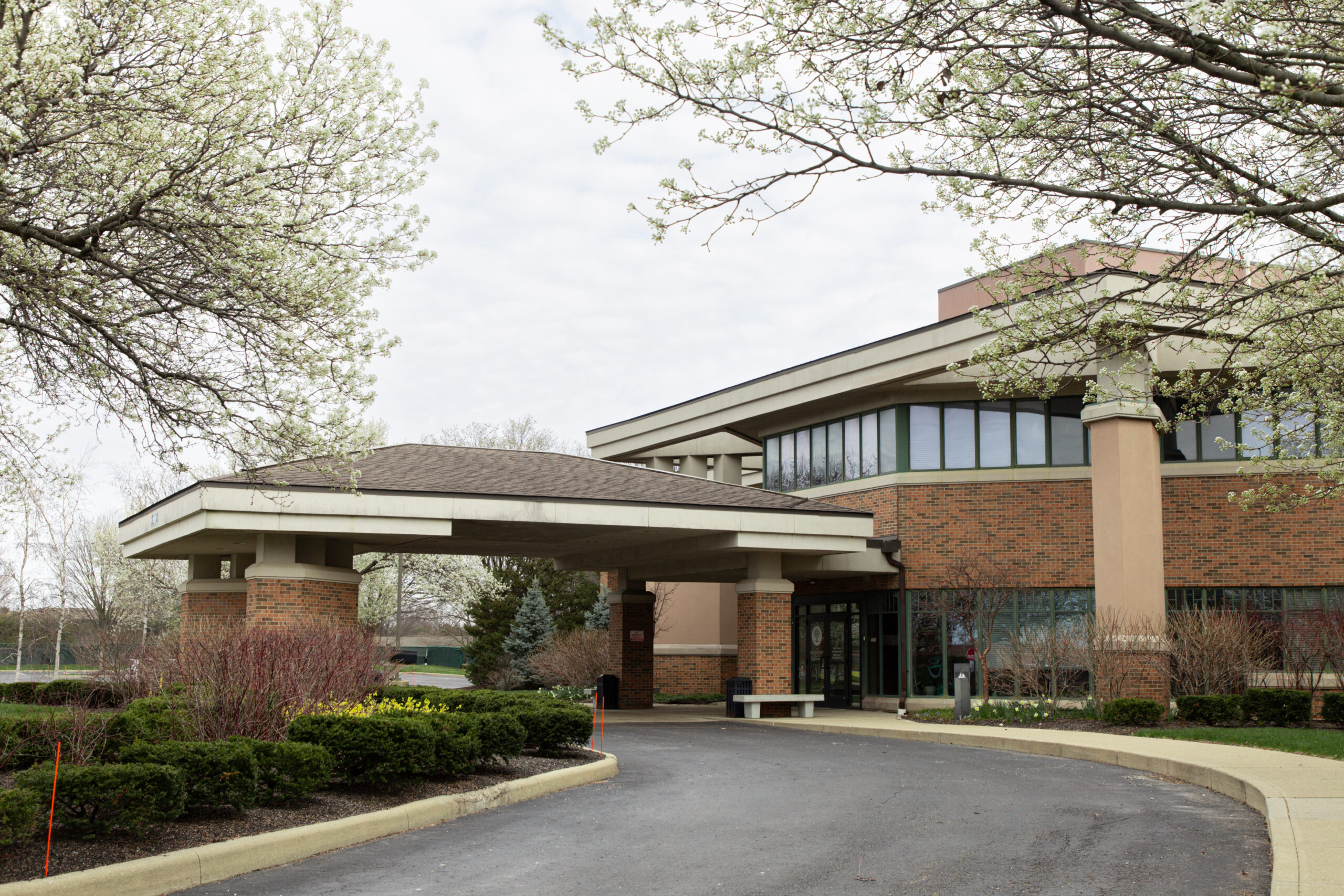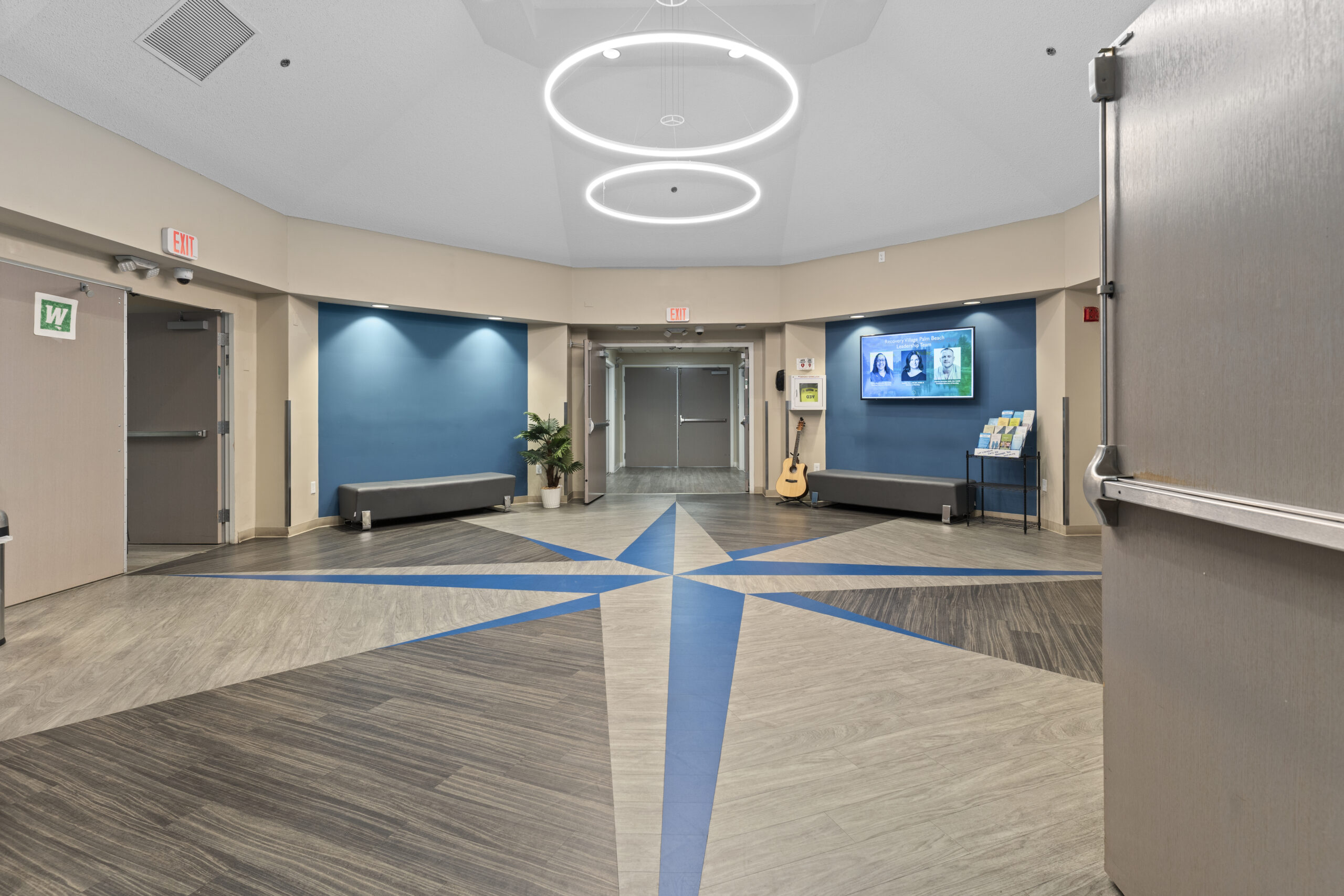Pica is the craving and ingestion of non-food substances. Learn about the risks involved and the treatment options available.
Picais the compulsive behavior of eating non-food items such as dirt, clay, detergent, raw starches, charcoal and paper that lasts for at least one month. To bediagnosed with pica, this behavior must be developmentally inappropriate (must be older than 24 months old), as well as socially and culturally unacceptable.
Pica may sound strange and uncommon. However, pica statistics show this behavior can be seen around the world in men, women and children. Depending on the amount and type of non-nutritive substance a person is eating, pica can be fairly harmless or quite dangerous. The accidental ingestion of toxic substances can have lasting developmental effects on children, cause infections, create an imbalance of nutrients or even cause intestinal obstructions.
Prevalence of Pica
Pica in adults is not very common. However, it can be seen in many cultures and may even be encouraged to increase fertility. As education surrounding the subject has increased, this practice has declined in popularity. According to theNational Eating Disorders Association, the actual number of those affected by pica is unclear. However, it is most likely more prominent in developing countries.
There aresome studiesfrom the United States that shed light on pica prevalence:
- At an outpatient weight loss clinic, pica was present in 4% of men and women
- 27.8–68%of pregnant women experience pica
- Pica is present in 18.5% of children
- Pica is present in 10% of children older than age 12
- Pica is present in up to 50% of children aged 18–36 months
- Pica can be seen in10%of people who are mentally challenged
Pica in Pregnant Women
Pica during pregnancyis a common occurrence. In one study examining the worldwide prevalence of pica during pregnancy, it was found that over one-fourth of women experience pica while pregnant. The reason for this behavior could be attributed to the geographic region the women lived in, associated anemia and education surrounding pica.
Pregnant women may crave strange combinations of food, but to be diagnosed with pica it must be a non-food item that is craved and ingested for one month. Someresearch suggeststhis behavior is often seen during pregnancy due to possible anemia or iron deficiency. Women with pica may crave soil, ice or evenlaundry detergent.
If you or someone you know is pregnant and has non-food cravings, it is crucial to follow up with a physician to see if anemia is the issue and to ensure that the pica is not putting the pregnant mother or her baby at risk.
Pica in Children
Children under the age of 2 are known to eat non-food items due to age and lack of experience. The minimum age for the diagnosis of pica is 24 months. Therefore, pica in toddlers can be considered normal in children aged 18–36 months.
The incidence of pica in children dramatically decreases with age, with only 10% of kids older than 12 reporting any pica behavior.
Pica and Co-Occurring Disorders
There are many reasons why a person may exhibit pica. Some notable mental health conditions associated with pica include:
- Pica and Autism:Between46–89%of children withautismexhibit nutritional challenges, including pica
- Pica and Schizophrenia:Pica sometimes presents as animpulsive consumptionof non-food items associated with delusions
- Pica and Obsessive-Compulsive Disorder (OCD):Compulsive eating of non-fooditems to relieve stress is a form of pica, and reports show it to be present in disorders likeOCD
Pica is also reported to be seen at a higher rate in pediatric patients withsickle cell diseaseas well as inpediatric dialysis patients.
Pica and Health Concerns
Pica is oftenassociated withanemia and iron and vitamin deficiencies. It is unclear if micronutrient deficiencies cause an individual to seek out non-food substances, or if the ingestion of non-food substances blocks nutrient absorption in the gut.
Certain non-food substances carry their own risks when ingested:
- Paper ingestion is associated with mercury toxicity
- Soil or clay ingestion is associated with parasites, constipation, low vitamin K levels and lead poisoning
- Ice ingestion is associated with iron deficiency, as well as tooth decay and sensitivity
- Excessive starch ingestion is associated with iron deficiency and increased blood sugar levels
- Other random non-food substances can carry a wide range of contaminants that are toxic, including lead, mercury, arsenic and fluoride; the consequences of consuming toxic chemicals can be lethal and cause permanent damage to the brain or body
Pica Treatment and Prognosis
If pica is observed or suspected in a child or an adult, it’s important to follow up with a physician to check for anemia, iron deficiency or other nutrient deficiencies and correct these immediately. Research shows that when specific deficiencies are corrected, pica behavior stops.
Pica treatmentshould, therefore, include thorough lab work checking for deficiencies and toxicities such as lead or mercury levels, as well as a basic metabolic panel to check for metabolic disturbances. In children and adults, screening should be performed for mental health problems related to pica.
Education andbehavioral treatmentare important aspects of pica treatment. The combined efforts of identifying nutrient deficiencies, educating on the risks associated with pica and undergoing behavioral therapy to avoid pica behaviors can lead to a favorable prognosis.
If you or someone you know is exhibiting signs of pica along with substance abuse, we encourage you to reach out toThe Recovery Village. One of our representatives can provide you with information concerning our treatment plans and information concerning our facilities.





